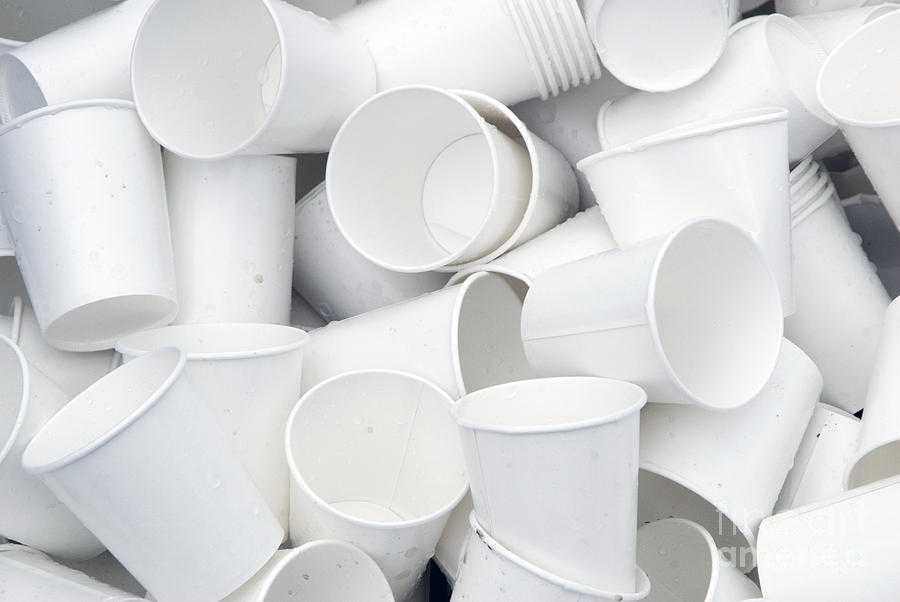The Packaging Forum has commissioned a detailed analysis of the estimated 295 million hot and cold disposable cups consumed in New Zealand each year to inform a new study into where compostable cups and lids can actually be composted.
The work will be carried out by specialist consultancy Beyond the Bin to update its 2015 survey of facilities.
Lyn Mayes, Communications Manager for the Packaging Forum said: “Over 90% of the coffee and cold cups which are consumed are either manufactured or sold by our members.
Over the past few years many New Zealand cafes and businesses have moved from paper cups lined with plastic to PLA lined coffee cups which are compostable only if they are sent to a commercial composting facility.”
“There is however confusion about how consumers actually know what type of cup they have and how and where they should dispose of it.
Compostable cups and lids are made of different materials and how they break down in a compost facility and how long it takes is dependent upon the process.
We have established a Working Group which includes all the major cup manufacturers, distributors as well as representatives from materials collectors to develop an industry position.”
Kim Renshaw, Director Beyond the Bin said:
“Beyond the Bin has started work to review the product range and identify the exact composition of coffee cups and lids and how they have been certified. This will provide the information required by compost facilities to verify whether the materials are compatible with their processes.
In our 2015 study we found that the success of New Zealand composters to process PLA and C-PLA was largely related to process. C-PLA (coffee cup lid material) takes much longer than PLA (clear bio-plastic) to break down because it has been crystalised to withstand the heat of a hot drink.
Some New Zealand composters have adjusted their processes to speed up the composting process, to effectively break down this type of bioplastic.”
“Beyond the Bin estimated there were 14 commercial composting facilities around New Zealand capable of composting clear and crystalised PLA when we undertook the survey last year but we will now revisit each facility with specific questions around the compostable cups and lids manufactured by Packaging Forum members.
This will allow us to provide very clear guidance to manufacturers about where their products can be processed. We expect to publish this guidance over the summer.”
Mayes said “As Kim says, there are commercial facilities in New Zealand which can process PLA cups and lids now but we need a Guide which shows which products can be composted where.
This study will also allow us to investigate with recyclers whether there are overseas markets for the more traditional paper cups lined with Polyethelene.
It is important that we conduct thorough research so that we can develop an industry strategy around products which have become such a routine part of our lives.”


















